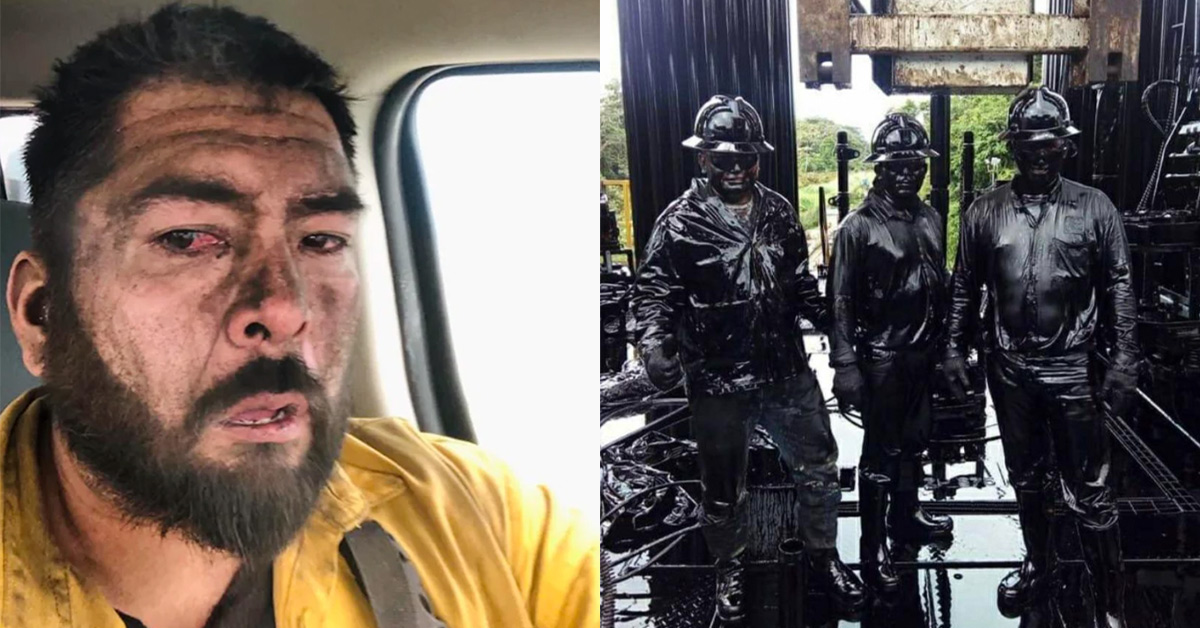12 Uncomfortably Dark Facts From Across History
This isn't your elementary teacher's history.
Published 1 year ago in Creepy
Contrary to our elementary teachers' lessons on Greek soldiers, American revolutionaries, and brave astronauts, history is a whole lot darker than what they taught in school. Just look at the plagues, pillaging, and other creepy details from humanity's roughly 300,000-year existence.
From deadly dancing to the strangely thirsty allure of tuberculosis, here are 21 creepy 'don't ask how I know this' facts.
2
“Mummy Brown paint. Back in the day there was a brown colour in fashion called ‘Mummy Brown’ the paint for it was made by grinding up Egyptian mummies. This went out of fashion once mummies were in short supply. Coupled with ‘Mummy unwrapping parties, mentioned in a previous comment’ the late 19th century was not a good time to be a dead Egyptian noble.”
5
“Up until 1996 Ireland placed unmarried mothers into ‘Magdalene Laundries’ These women were subjected to what many describe as slavery. They were forced to work without pay, often in laundries or other facilities, under strict supervision and in very harsh conditions. The children born to these mothers were frequently taken from them, sometimes put up for adoption, often without the mother’s consent.”
6
“During WW2, the US produced over 1.5 million purple hearts, which are medals given to military personnel who are killed or wounded in their service. The reason why they produced so many of them is because they were anticipating over a million casualties in a hypothetical invasion of mainland Japan. But because of Japan's decision to surrender after the nukes dropped on Hiroshima and Nagasaki, this never came to be. The medals produced then are still being given to US servicemen to this day, and they're likely not going to need to produce any more of them for a very long time.”
11
“Our modern beauty standards are highly influenced by tuberculosis. Thin waistline, pale face, wide eyes, flushed cheeks, these are all results of consumption (ie TB) and desirable characteristics in a woman. It was nicknamed the ‘romantic disease.’ ‘Consumption, I am aware, is a flattering malady.’ Charlotte Brontë wrote this as she watched her sister get sicker and sicker and whither away.”
12
“Volcanic winter of 536. Basically a volcanic or meteor happened in this era and causing a Volcanic winter where the sun was not seen and global temperatures drop probably horrific truly a dark experience especially if science was not prevalent was people might attribute it to deities abandoning or hating them. I also image crops where devastated due to lack of sunlight and possible acid rain.”















